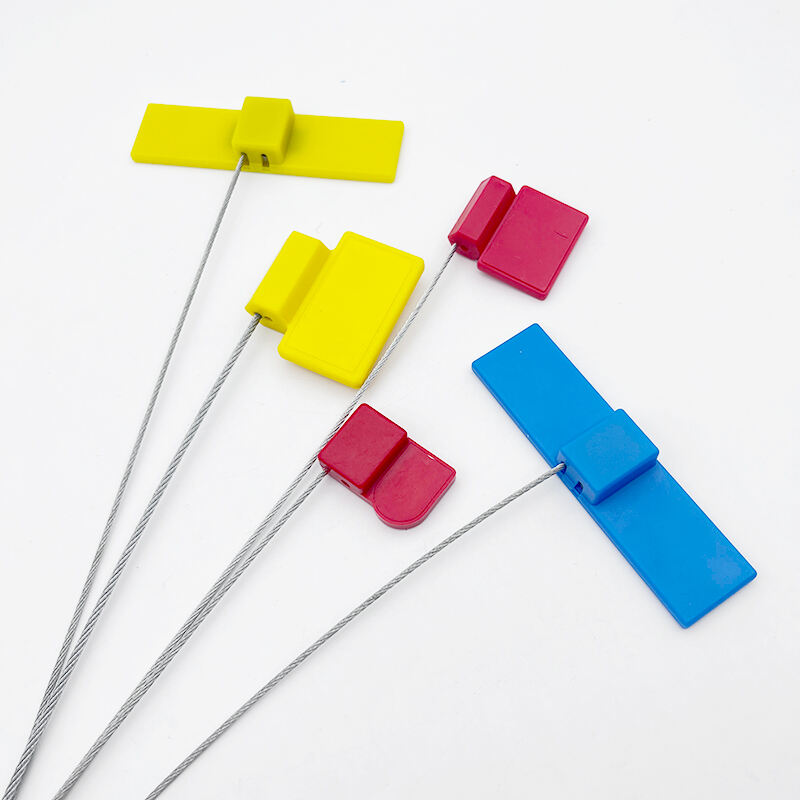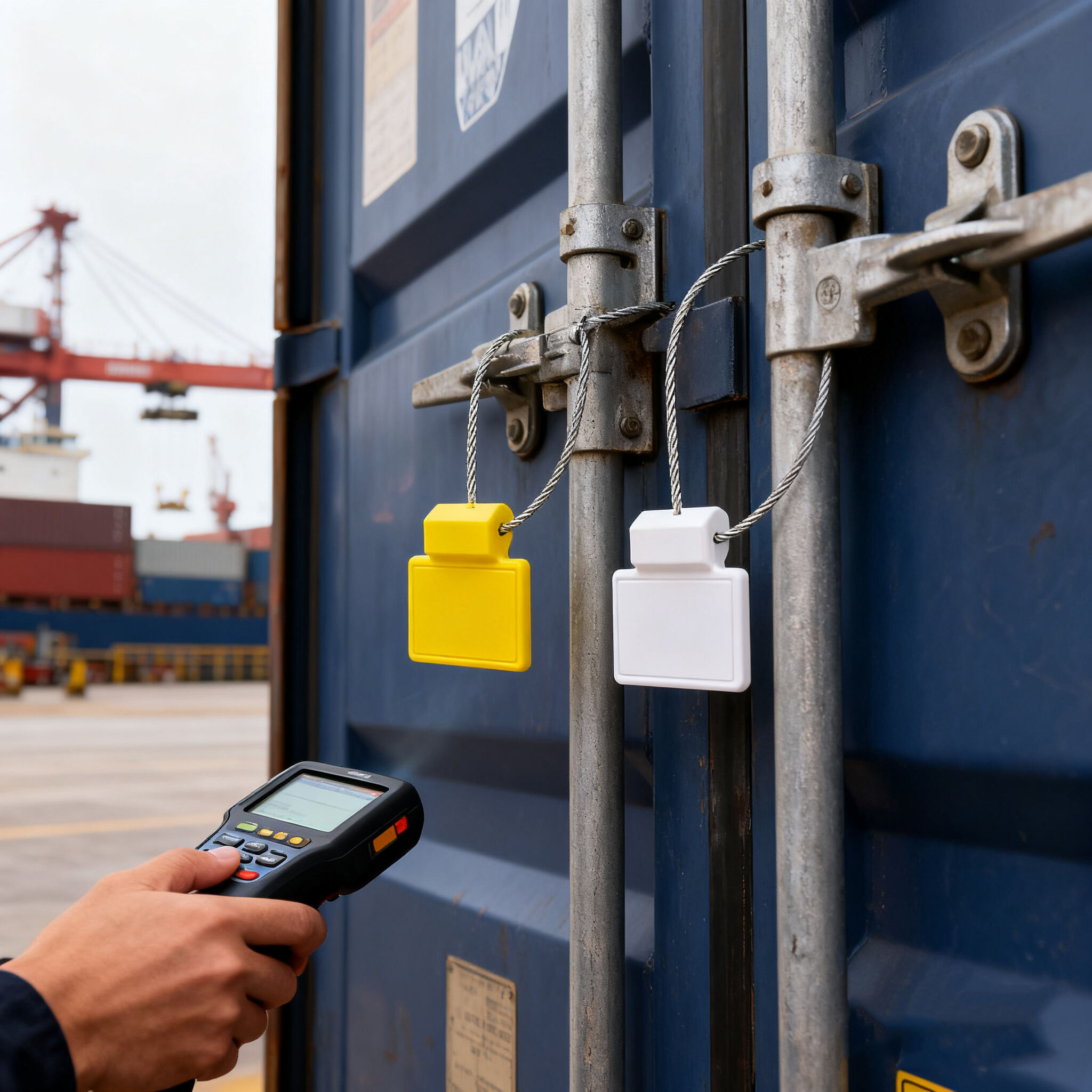In an era of global supply chains and increasing cyber-physical threats, secure identification and tamper protection are paramount. RFID electronic seal tags, or smart seals, merge RFID technology with physical sealing mechanisms to create a robust system for authenticating items, detecting unauthorized access, and transmitting data wirelessly. Essentially, these tags function as "digital locks" by embedding RFID chips within a one-time-use seal structure, ensuring that once locked, the seal cannot be opened without destruction, rendering it irreusable.
This technology addresses limitations of traditional mechanical seals, which lack electronic verification, by providing unique identifiers (UID or TID numbers) for real-time monitoring. Operating across multiple frequencies (915 MHz for long-range UHF, 13.56 MHz for HF NFC, and 125 kHz for LF proximity), these tags comply with international standards like ISO 18000-6C, ISO 14443A, and ISO 15693, and withstand temperatures from -40°C to 65°C. Constructed from engineering plastic ABS reinforced with steel cores, they offer a steel ball oblique-pull locking mechanism: simply thread the strap through the hole and pull to secure, with surface customization via silk screening or laser etching for logos, dates, serial numbers, barcodes, UID, or EPC codes.

RFID electronic seal tags utilize a hybrid construction for robustness:
This composition allows operation in -40°C to 65°C, suitable for cold storage or moderate heat, with IP67-rated waterproofing.
These technologies enable seamless integration with ERP systems and IoT gateways for real-time alerts on breaches.
RFID lead seals secure containers, trailers, and pallets, providing tamper evidence and real-time tracking, in gate-in/gate-out operations.Applications extend to cold-chain logistics, where seals prevent unauthorized access to perishables.

In asset tracking, seals could secure electrical equipment and resources, enabling serialization and inspection. For high-security scenarios, Amazon's UHF seals detect tampering during transit, with 3-state indicators (locked/unlocked/tampered). In aviation, Trident's seals ensure aerospace component integrity.
Pallet seals track goods in manufacturing, withstanding harsh conditions. Passive RFID tags on seals optimize inventory, while injection-molded seals read from inside packaging. Agriculture uses them for seed bin protection.
Implementation begins with selecting frequency based on range needs (e.g., UHF for logistics). The steel ball oblique-pull mechanism allows easy locking: thread the strap and pull to secure. Programming embeds UID/TID via readers, with surface customization via silk screen or laser for compliance. In practice, deploy at sealing points with fixed readers for automated verification; destruction triggers alerts in integrated systems like ERP.